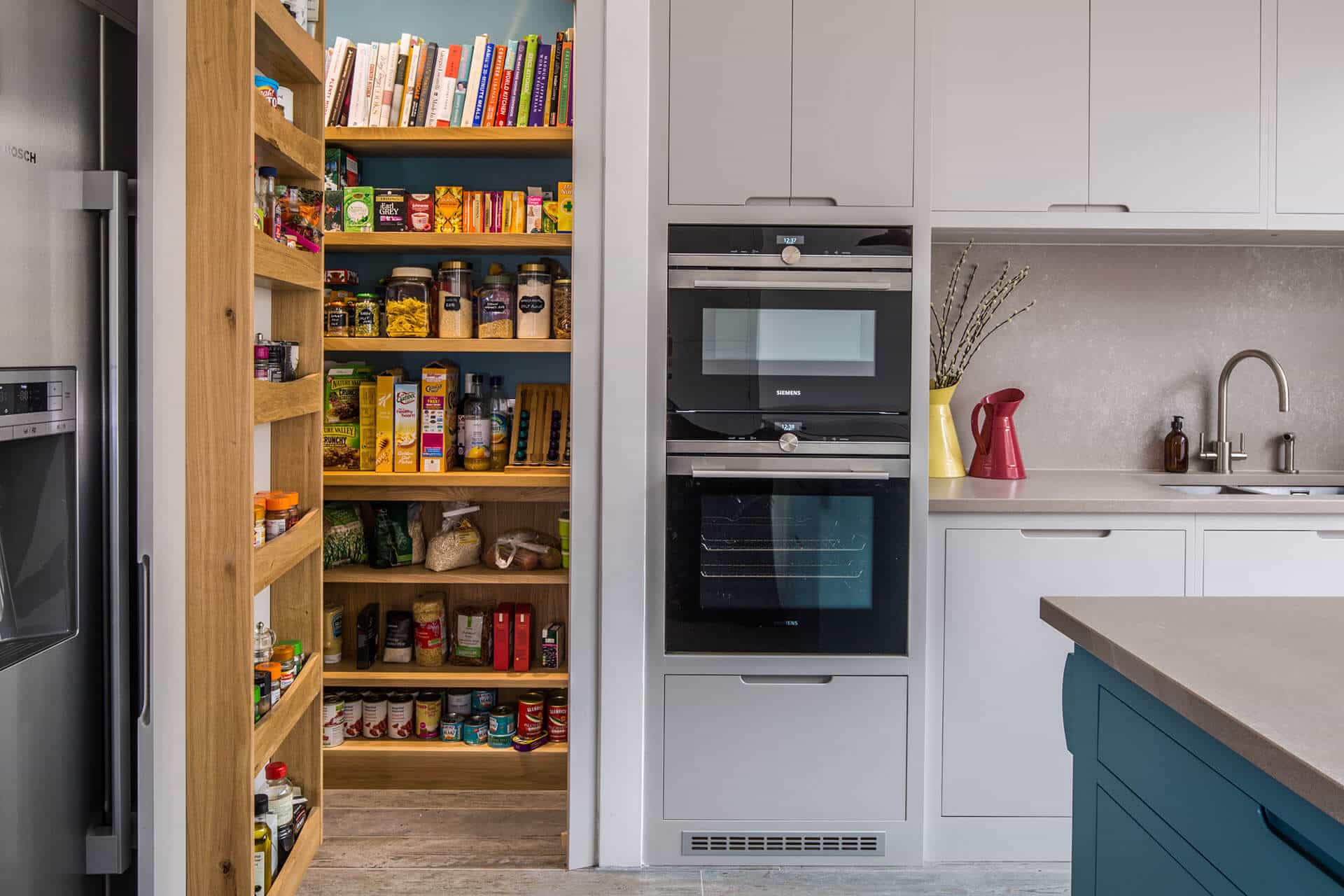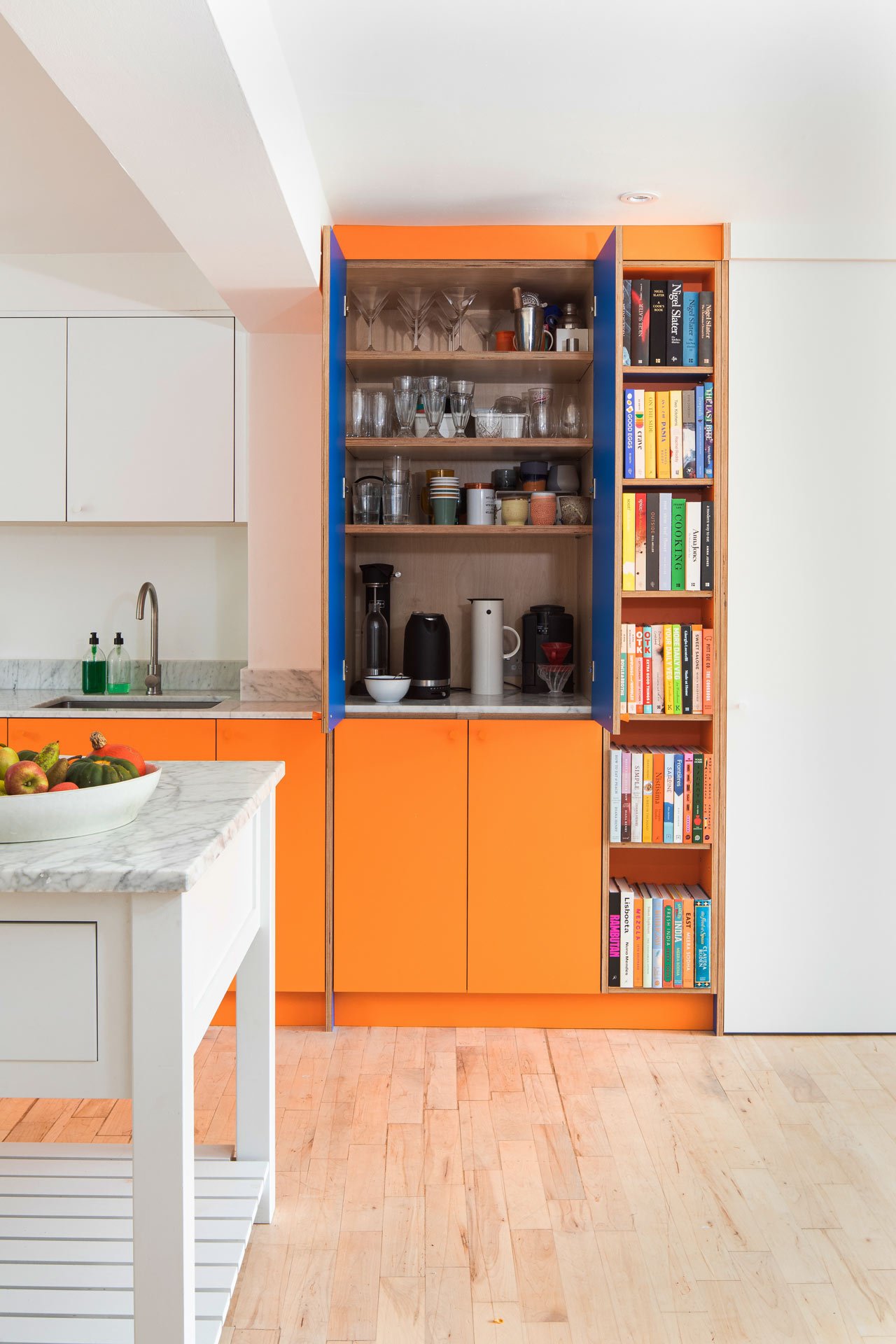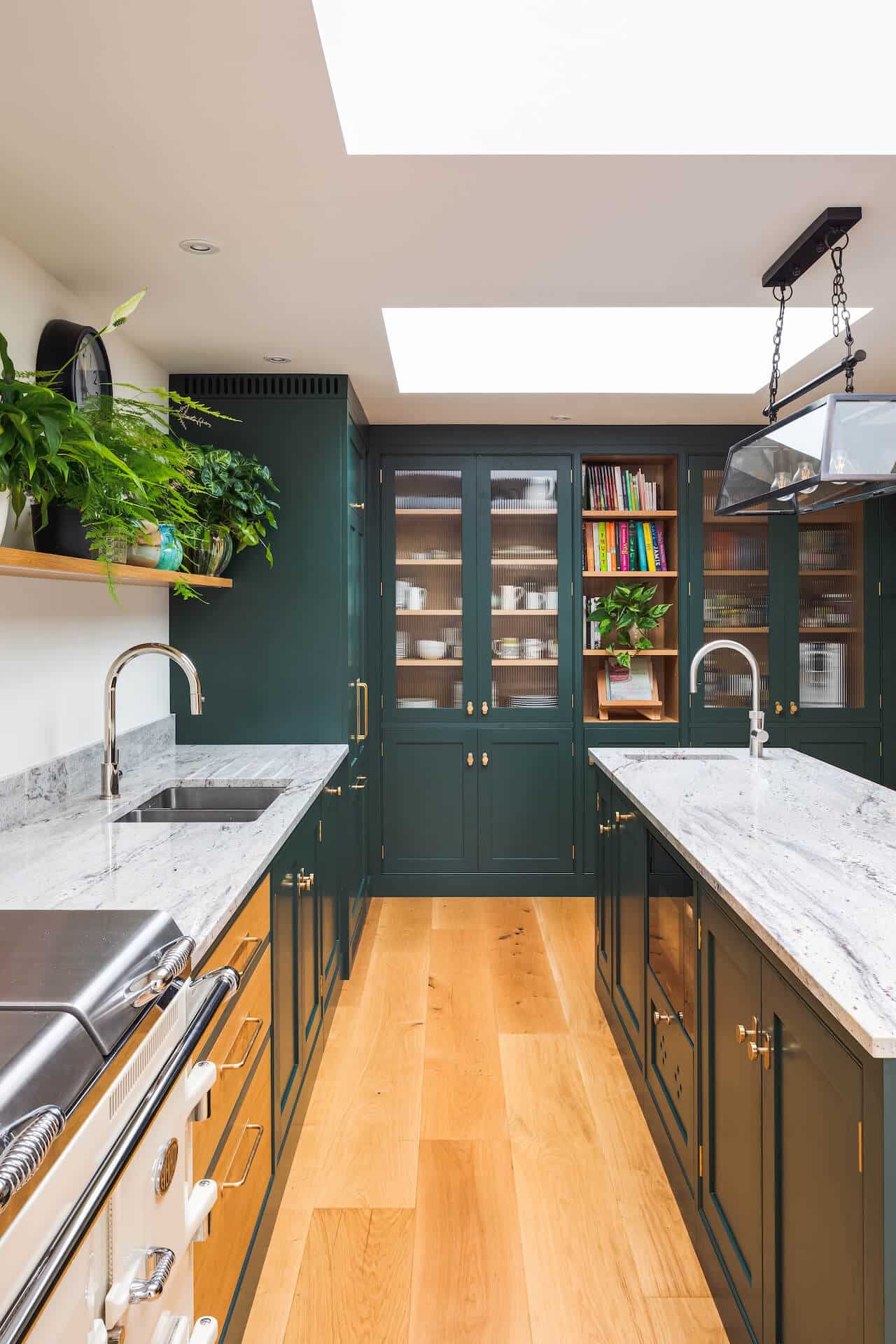With David Attenborough, Greta Thunberg and the Extinction Rebellion activists all working to draw attention to ways we can be more environmentally-friendly, sustainability awareness has never been more prominent in the press.

When looking at the move to circular economies, interior design market analysts are pointing out the growing focus on new design thinking for solid materials, which will be driven by innovative and creative thinking by designers. Right now, they’re analysing the market for Autumn/Winter 2020/2021, when they project interest in sustainability to have soared even higher than it currently is.
A circular economy is an economic system or way of thinking in R&D that focuses on making the most of existing resources. You might also have heard of this as ‘cradle to cradle’: at the end of its life, a product or material will be used again in a new iteration.
– What is a circular economy?
Design trends in AW20/21: sustainability is king
Using nature as a key resource will see designers incorporating wood, jute, leather and wool in contemporary crafts. New dyes, made from food waste, will also start to influence the textiles market. Similarly, waste will be reimagined into beautiful products, with discarded paper, foam, and ceramics among the most popular materials.
You won’t be surprised that plastic will continue to be a dirty word. New bioplastics, which are scaling fast, and recycling old plastic will be both become central concerns in production.
We’re especially excited to see how this is going to affect surfaces. An ephemeral, other-worldly look will emerge, as eco-awareness inspires geological and climatic finishes. Morphed metals and living materials (such as brass and copper worktops, which you can read more about here) will also become more popular.
Foodie innovations: from wasteful to tasteful
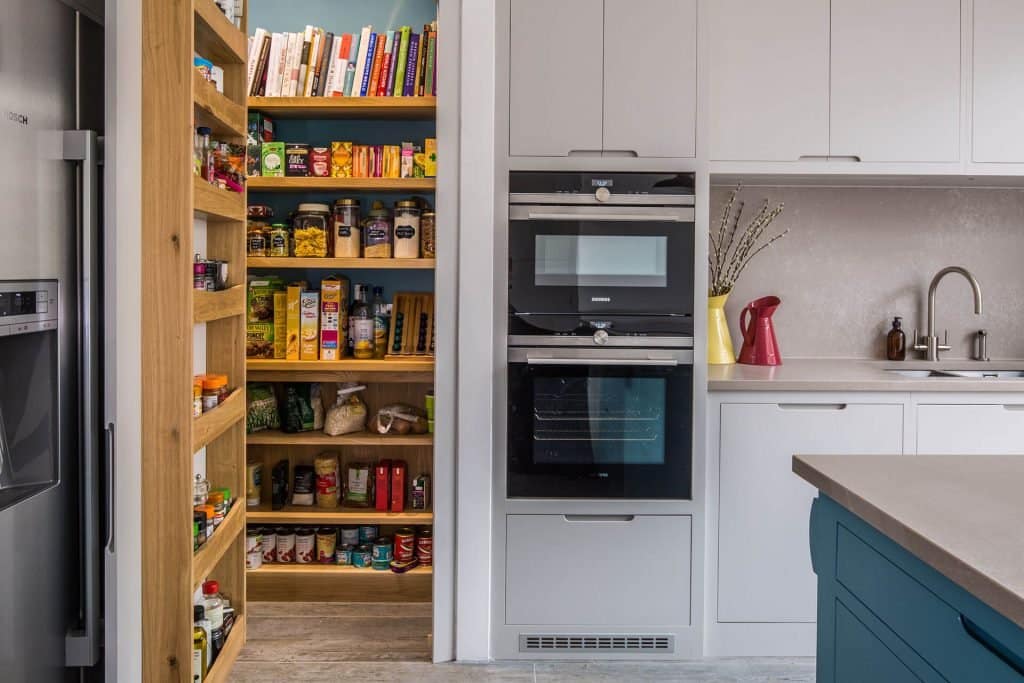
Food waste: it may sound like an unlikely source of inspiration. But with designers increasingly seeking out ways to ‘design it out’, fruit, vegetables and cereal ingredients will find their way into new material sources.
On the blog, we’ve already looked at the way mushrooms can be repurposed to make beautiful homewares. This trend is set to evolve and expand, as Xavier Loránd’s moulded furniture for Nero blends concrete with coffee waste sourced from cafes in Mexico City.
Likewise, Katrine Krull’s plaster is infused with bettroot coffee, cabbage and onion, and Ekaterina Semenova’s Care for Milk ceramics are glazed with dairy leftovers.
These foodie innovations will be found in fashion, textiles, packaging, and interiors.
The terrazzo revolution continues
Mosaic material mixes will continue to spring up in kitchens across the world as terrazzo is reinvented. Berlin-based collective They Feed Off Buildings makes the most of their city’s demolition waste (including bricks and rubble) to make their Urban Terrazzo.
Paper profit
The zero-waste aesthetic will benefit from reusing mass-produced paper materials. Origami blinds and flat-packable woven seats have been put forward by Thai designer Natchar Sawatdichai, while Carlo Lorenzetti is creating wrapped ceramic vessels from paper-wrapped objects like bottles and cans.
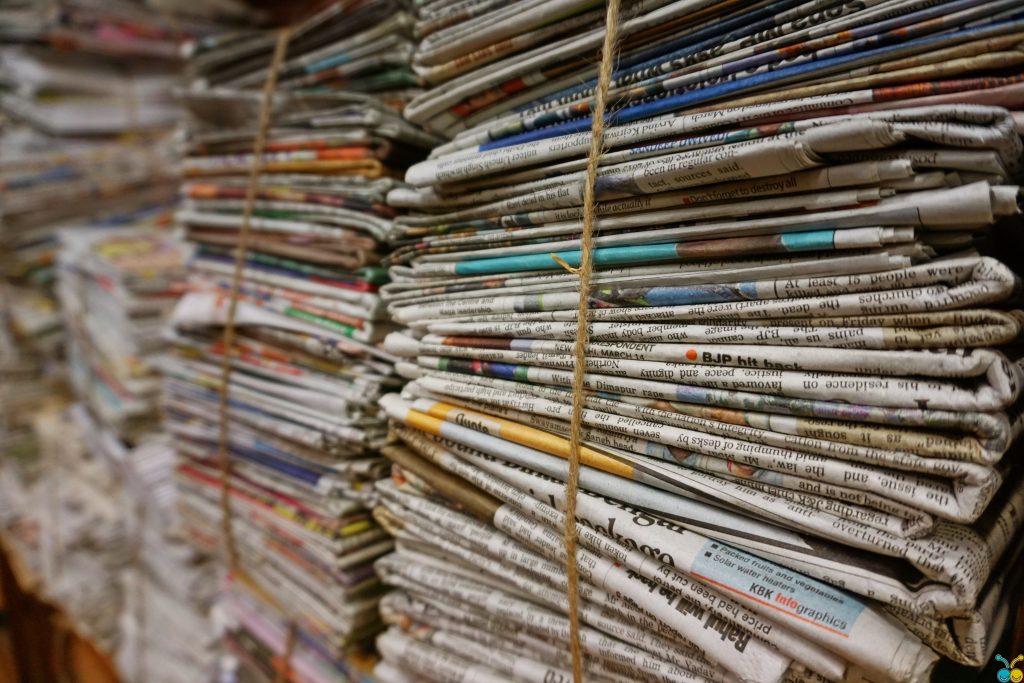
- All
- Bespoke Kitchens
